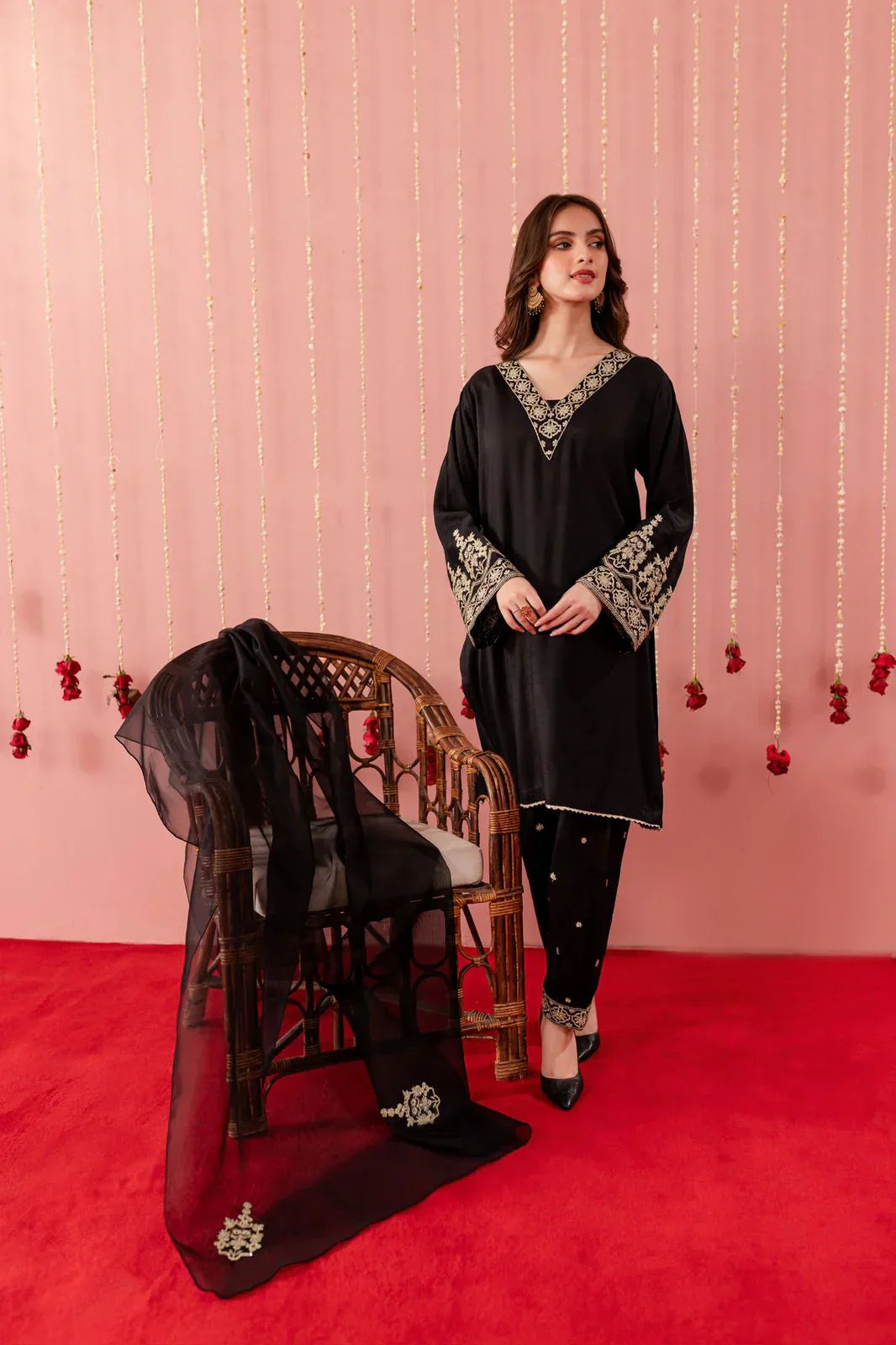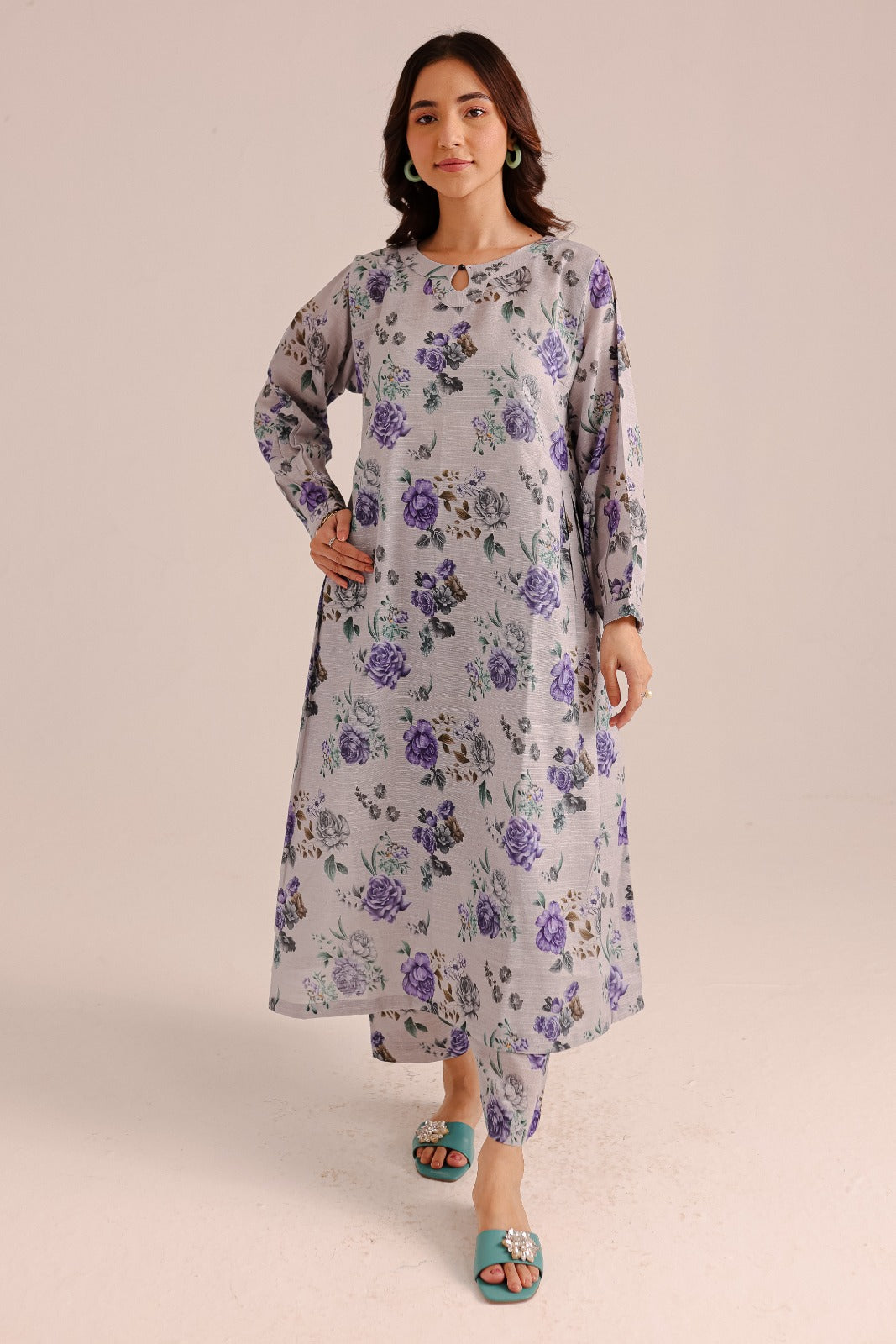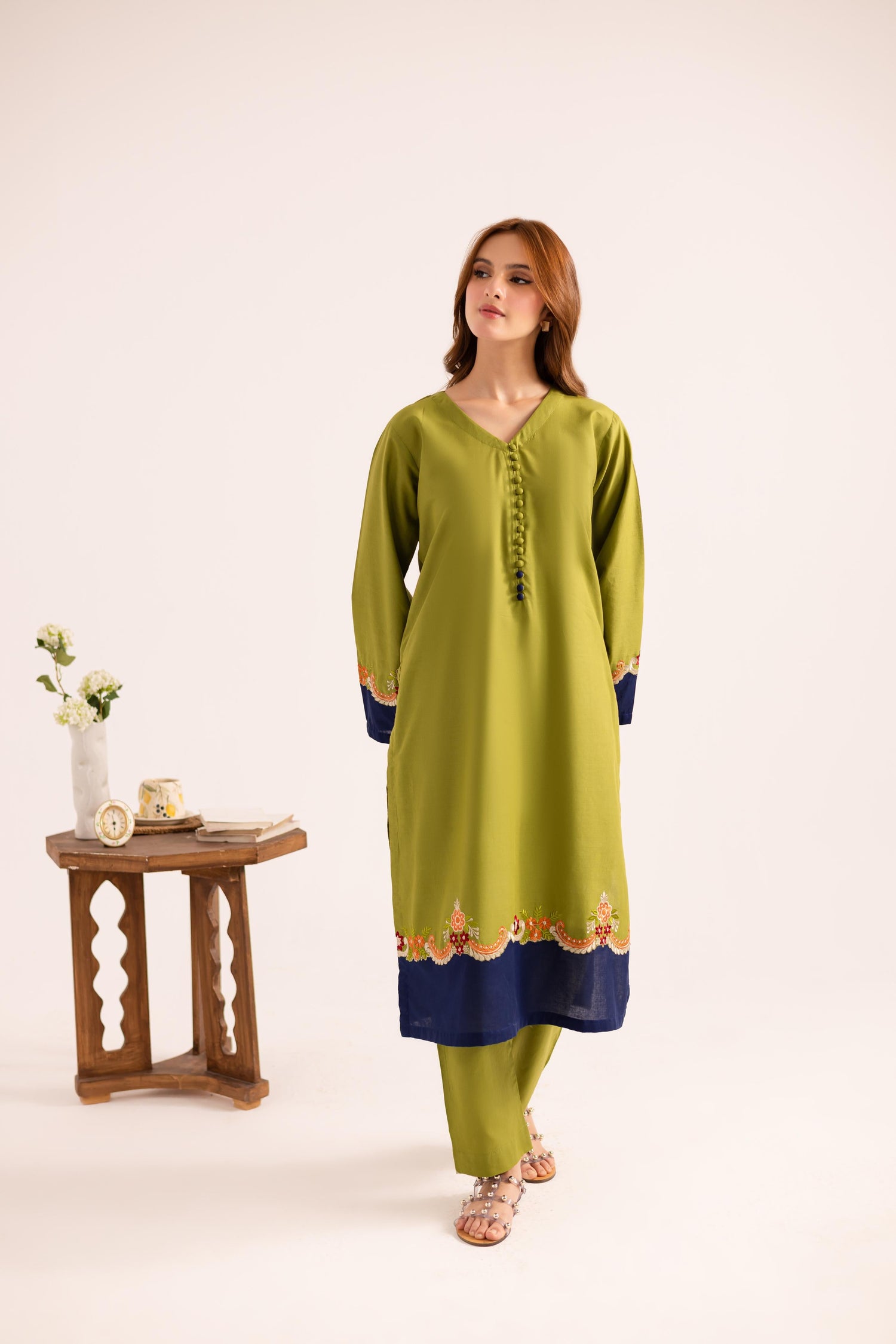Step into the captivating realm of embroidered dresses, where every stitch tells a tale of tradition and refinement. In our exploration, we immerse ourselves in the irresistible allure of these garments, transcending mere fashion trends to embody the very essence of timeless elegance.
From delicate floral embellishments to intricate patterns steeped in cultural heritage, embroidered dresses cease to be mere attire. They emerge as masterpieces that stir sentiments of nostalgia and sophistication.
Join us in celebrating the enduring charm of embroidered dresses, where threads intertwine to weave stories of grace and sophistication. In this style guide, we invite you to explore the myriad ways these timeless pieces can elevate your wardrobe, embodying the essence of classic elegance with a contemporary twist.
History of Embroidery
Embroidery has an incredibly intricate and captivating history that spans across countless centuries, tracing its roots back to the earliest civilizations. The earliest traces of embroidery can be traced back to a staggering 30,000 BC, a testament to its enduring appeal.
As human societies progressed, so too did the art of embroidery. In ancient China, embroidery held immense prestige, adorning imperial attire with intricate motifs symbolizing opulence, stature, and authority. Similarly, in ancient Egypt, embroidered textiles were reserved exclusively for royalty and nobility, boasting elaborate designs steeped in religious symbolism.
The Middle Ages ushered in a golden era for embroidery in Europe. Meticulous monks and nuns poured their dedication into crafting religious vestments and altar cloths, employing techniques like goldwork and silk thread embroidery to produce awe-inspiring pieces for sacred spaces.
The Renaissance witnessed embroidery ascend to new heights, with the emergence of skilled "broderers" who catered to noble households, infusing their creations with elements inspired by nature, mythology, and heraldry.
The Baroque and Rococo periods introduced even more intricacy, with lavish floral motifs and ornate patterns gracing fashionable attire and home furnishings. The advent of the Industrial Revolution democratized embroidery, making it accessible to a wider audience and facilitating mass production of embroidered textiles.
Across diverse cultures, embroidery evolved in distinct ways. Indian techniques like kantha and chikankari are renowned for their delicate stitches and vibrant hues, often depicting traditional motifs such as paisleys and fauna. In Japan, sashiko and kogin exemplify precision and minimalism, showcasing geometric patterns and meticulous stitching.
Types of Embroidery
Embroidery is a timeless art form that has evolved over centuries, encompassing a wide range of techniques and styles. Here, we delve into the various types of embroidery techniques and explore examples of famous embroidery styles from around the globe.
Hand Embroidery
Hand embroidery is perhaps the most traditional and versatile form of embroidery, where intricate designs are stitched by hand using a needle and thread. This technique allows for great creativity and detail, making each piece unique. Some famous hand embroidery styles include:
Crewel Embroidery:
Originating in England during the Medieval period, crewel embroidery uses wool yarn on linen or cotton fabric. It features intricate motifs like flowers, vines, and animals, often in a Jacobean style.
Cross-Stitch:
A popular form of hand embroidery, cross-stitch creates designs by stitching X-shaped stitches on fabric. It's used for creating patterns, samplers, and decorative pieces, with examples found in traditional European folk art.
Kantha Embroidery:
Hailing from Bengal, India, Kantha embroidery involves simple running stitches used to create beautiful motifs and patterns. Traditionally, Kantha was used to make quilts and clothing, showcasing geometric designs and nature-inspired motifs.
Machine Embroidery
Machine embroidery has revolutionized the embroidery world, offering precision and speed in creating intricate designs. It involves using computerized machines that stitch designs programmed into them. Some notable machine embroidery styles include:
Computerized Embroidery:
This modern technique utilizes embroidery machines controlled by computers. Designs are digitized and then stitched onto fabric, allowing for complex patterns and detailed imagery.
Free-Motion Embroidery:
Also known as free-motion quilting, this style involves using a sewing machine with a darning or embroidery foot to create free-flowing designs. Artists can move the fabric freely under the needle, resulting in artistic and expressive embroidery.
Beadwork
Bead embroidery adds a touch of glamour and texture to fabric by incorporating beads and sequins into the design. It can be done by hand or with specialized beading machines. Examples of beadwork embroidery styles include:
Native American Beadwork:
Indigenous peoples of North America have a rich tradition of beadwork, creating intricate designs with beads on leather, fabric, and other materials. Each tribe has distinct beadwork styles, often used for ceremonial regalia and storytelling through patterns.
French Tambour Embroidery:
Originating in France, tambour embroidery uses a special tambour hook to create chain stitches through fabric. Beads and sequins are then added to enhance the design, resulting in delicate and dazzling creations.
Aari Embroidery:
This traditional Indian embroidery technique from the state of Tamil Nadu uses a hooked needle (aari needle) to create intricate chain stitches. Beads, pearls, and sequins are incorporated to embellish the designs, seen in bridal wear and festive garments.
Also Read: The Best Embroidered Clothing Ideas for Every Season
The Appeal of Embroidered Dresses
Embroidered dresses possess a timeless allure within the vast tapestry of fashion, captivating enthusiasts with their undying elegance and intricate details. What exactly makes these dresses perennial favorites, you might ask? Let's unravel the threads that weave their enchanting charm.
Timeless Elegance:
Embroidered dresses aren't just garments, they're embodiments of timeless charm that transcend transient trends. This allure is rooted in the centuries-old artistry of embroidery, a craft cherished across diverse cultures.
The painstaking craftsmanship behind each embroidered motif, be it floral, geometric, or abstract, imbues these dresses with a sense of heritage and refinement. It's this timeless quality that ensures embroidered dresses stand the test of time, unfazed by shifting seasons or evolving style preferences.
Texture, Color, and Intricate Patterns:
What sets embroidered dresses apart is their masterful play with texture, color, and intricate patterns. Embroidery doesn't merely adorn, it transforms the very fabric into a canvas of artistry.
Beyond color, embroidery narrates stories through intricate patterns inspired by nature, folklore, or contemporary art. Each stitch is a stroke of creativity, weaving narratives across the fabric. The interplay of light and shadow on embroidered surfaces adds depth and richness, crafting a dynamic visual spectacle.
A Tapestry of Craftsmanship and Individuality:
Embroidered dresses aren't mere garments, they're wearable art. They encapsulate the essence of craftsmanship, heritage, and individuality, making a statement that's both timeless and uniquely personal.
Whether donned for special occasions or seamlessly integrated into daily wear, these dresses stand as testaments to the enduring allure of fine craftsmanship and creative expression in the realm of fashion.
Styling Tips
Dressing up in embroidered attire brings forth a world of style possibilities, especially when considering various occasions. Let's delve into some expert styling tips tailored for embroidered dresses across different settings:
Casual Elegance:
Embarking on a casual outing with an embroidered dress warrants a blend of simplicity and charm. Consider adorning your feet with flats or chic sandals, enhancing the relaxed allure of your ensemble.
Keep jewelry minimalistic, perhaps a dainty pair of earrings or a subtle bracelet, allowing the dress to take center stage. Embrace a natural makeup palette, featuring a light foundation for a radiant glow, soft hues of eyeshadow to highlight your eyes, and a touch of nude lip color for a timeless finish.
Formal Finesse:
Stepping into a formal affair with an embroidered dress demands an infusion of sophistication and refinement. Elevate your look with accessories that exude elegance, such as refined pieces of jewelry and opulent footwear.
Opt for heels that complement the color scheme of your dress or opt for timeless black pumps for a classic touch. Enhance your ensemble with statement jewelry like a dazzling necklace or shimmering earrings to add a touch of allure.
Conclusion
Embroidered dresses hold a timeless allure that defies fleeting trends, casting a spell of enduring elegance that captivates fashion enthusiasts across generations. This style guide delves into the rich tapestry of history woven into embroidered dresses, unraveling the intricate threads of craftsmanship that have stood the test of time.
As the winds of fashion change, embroidered dresses stand resolute, their charm undiminished by passing fads. They are a symbol of artistry and individuality, a nod to a bygone era while remaining relevant in the contemporary fashion landscape. The allure of embroidered dresses transcends mere aesthetics, it embodies a celebration of craftsmanship, history, and personal style, making them a perennial favorite among discerning fashionistas.




